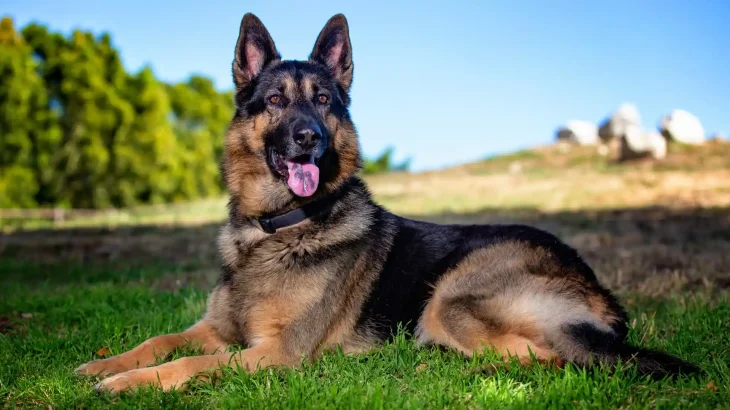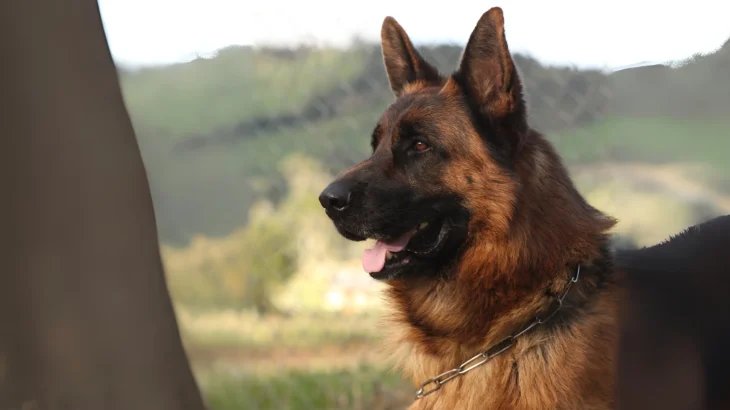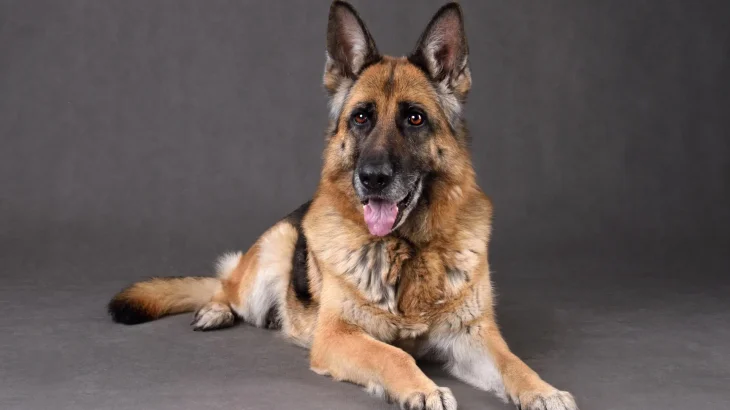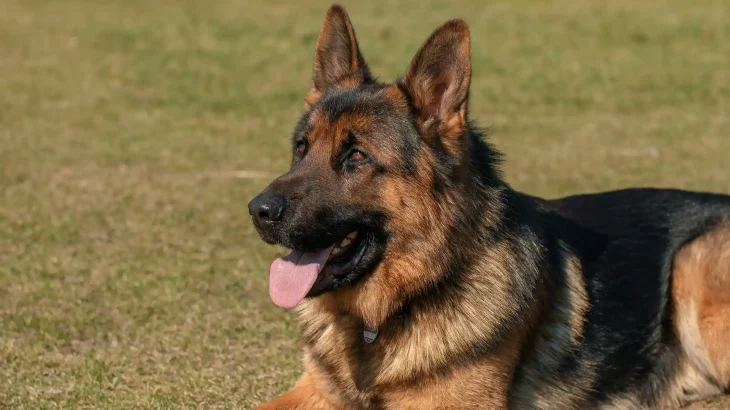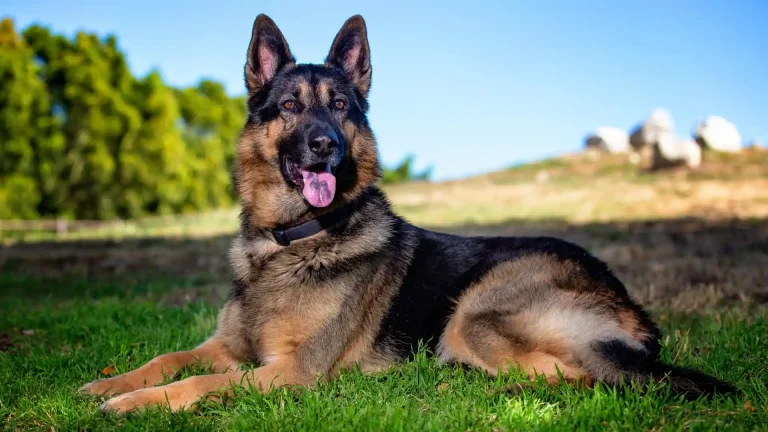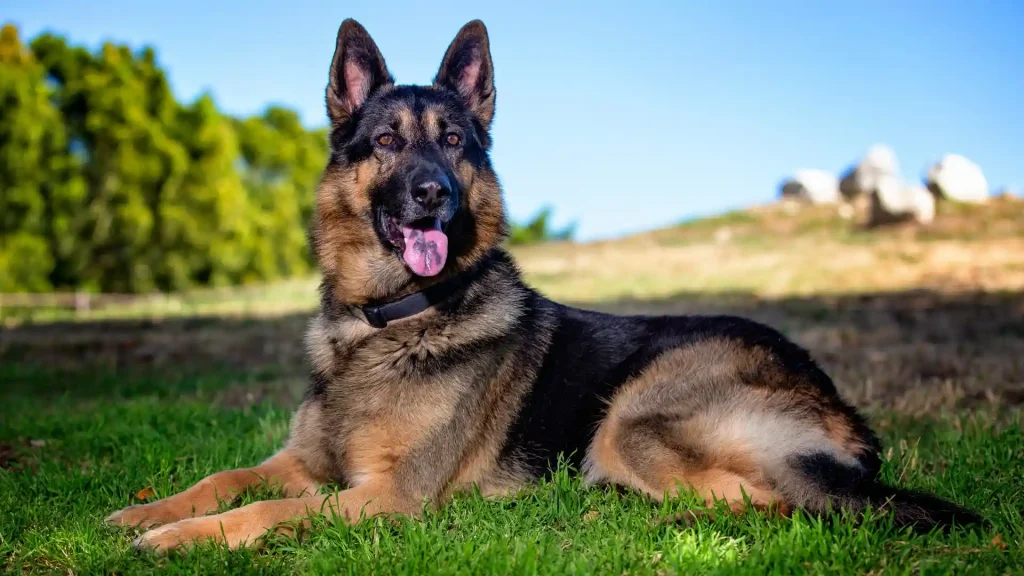Deciding whether to buy or adopt a King Shepherd puppy involves weighing factors like cost, health transparency, and ethical considerations. Purchasing from a breeder usually offers more detailed breed lineage and health information, while adoption provides a chance to give a home to a dog in need, sometimes with less certainty about background.
| Criteria | Buying from Breeder | Adopting from Shelter/Rescue |
|---|---|---|
| Cost | Higher initial cost due to purebred status and breeder expenses. | Lower adoption fees, often including vaccinations and spay/neuter services. |
| Health History | Usually provides detailed health records and genetic testing results. | Health background may be limited, but shelters perform basic health checks. |
| Age Availability | Primarily offers puppies allowing early bonding and training. | Varies from puppies to adults; may find mature dogs suitable for your lifestyle. |
| Temperament Insight | Breeders can inform about lineage temperament traits specific to King Shepherds. | Shelter staff can share behavioral observations, though full history may be unknown. |
| Supporting Practices | Supports responsible breeding when choosing reputable breeders. | Supports animal welfare by rescuing dogs and reducing shelter populations. |
| Ethical Considerations | Important to avoid contributing to puppy mills by researching breeders carefully. | Offers a second chance to dogs needing homes, minimizing abandonment and euthanasia risks. |

